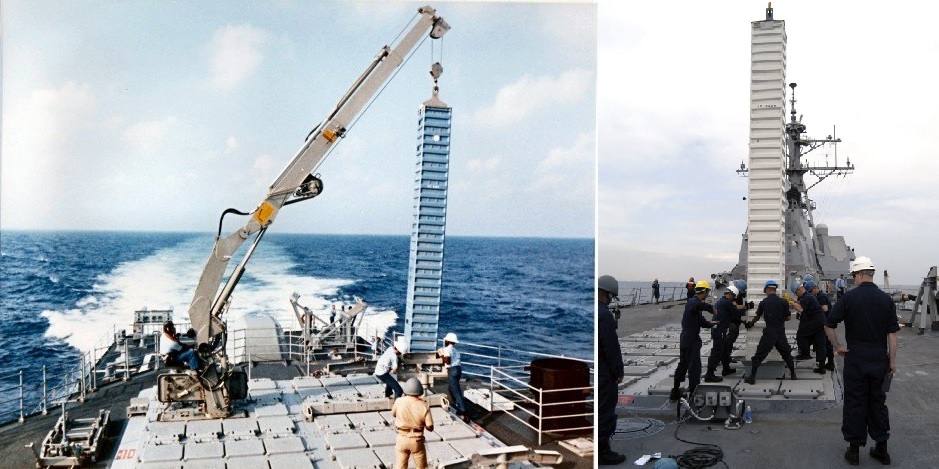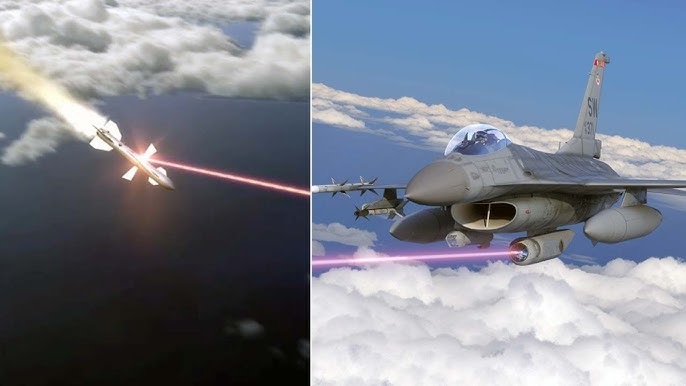U.S. Navy Tests Underway VLS Reloading Mechanism

The U.S. Navy recently marked a significant milestone with the successful ground-based test of a groundbreaking mechanism designed to reload the Vertical Launching System (VLS) cells while ships are underway at sea. This test, conducted at the Naval Surface Warfare Center Port Hueneme Division, showcases a pivotal advancement in naval warfare technology aimed at enhancing the fleet's operational flexibility and resilience.
Back in 2023, during the American Society of Naval Engineers Combat Systems Symposium, Secretary of the Navy Carlos Del Toro underscored the critical importance of reloading VLS cells at sea, labeling it a top priority. He introduced the Transferrable Rearming Mechanism (TRAM), a concept developed over two decades, as the most viable solution to this challenge. Traditional reloading methods required ships to return to port and utilize cranes—a process fraught with dangers and impracticalities due to the relative motion of the vessels.
TRAM is set to revolutionize this aspect of naval operations. Rich Hadley, Director of the NSWC Port Hueneme Underway Replenishment Division, highlighted in a press release the significance of overcoming key relative motion challenges with TRAM. This new capability promises to enable reloading operations even in significant sea states, thereby greatly enhancing the fleet's logistical flexibility and the volume and tempo of long-range fires.
Historically, the Navy relied on pier-side reloading for its VLS cells, necessitating extended port visits. The increasing geopolitical tensions in regions like the Indo-Pacific and lessons learned from operational experiences in the Red Sea have amplified the need for an at-sea reloading capability. This urgency spurred rapid development, culminating in the establishment of the NSWC Port Hueneme testing facility in December 2023.
Steve Brock, Senior Advisor to the Secretary of the Navy, lauded the successful demonstration of TRAM, stating, "This revolution in surface warfare will make our existing fleet even more formidable, both in sustained forward presence and lethality—and will create a powerful new near-term deterrent that will disrupt the strategic calculus of our adversaries."
During the test, sailors from the Naval Expeditionary Logistics Support Group and USS Chosin (CG 65) played a crucial role in guiding a missile canister using the TRAM system, demonstrating the ability to reload a VLS cell. The system's specifics remain under wraps, but available information and images suggest that TRAM involves transferring missiles from a supply vessel to the warship, with missile canisters securely fastened to the crane throughout the process.
Guided by the Naval Sea Systems Command, sailors from USS Chosin and the Expeditionary Reload Company participated in this critical test, which incorporated real-time analytics and in situ monitoring through advanced instrumentation. While the at-sea test is scheduled for the fall, the data gleaned from this ground-based trial will be invaluable in refining the system for its ultimate deployment.
The TRAM system promises to usher in a new era for the U.S. Navy, enabling ships to reload missiles much like they refuel—via connected underway replenishment, maintaining speed and maneuverability in open ocean conditions. This advancement not only boosts the fleet's operational readiness but also enhances its strategic deterrent capabilities, marking a significant leap forward in naval warfare technology.



